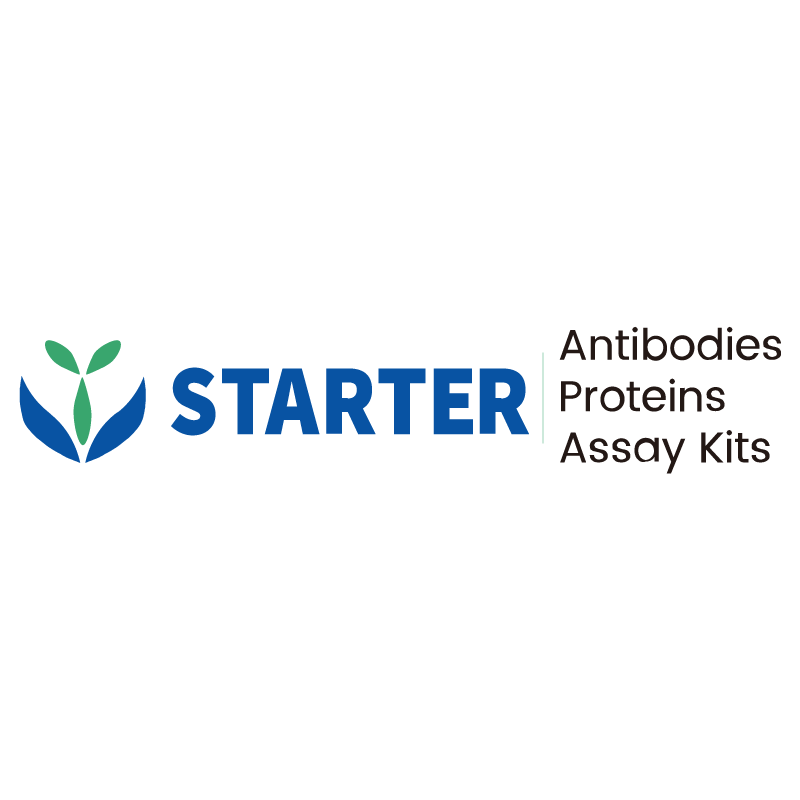Flow cytometric analysis of BALB/c mouse peritoneal exudates cells labelling Mouse CD68 antibody at 1/2000 (0.1 μg) dilution / (Right panel) compared with a Rat IgG2a, κ Isotype Control / (left panel). Goat Anti-Rat IgG Alexa Fluor® 488 was used as the secondary antibody. Then cells were stained with F4/80 - Allophycocyanin Antibody separately.
Product Details
Product Details
Product Specification
| Host | Rat |
| Antigen | CD68 |
| Synonyms | Macrosialin |
| Location | Lysosome, Endosome, Cell membrane |
| Accession | P31996 |
| Clone Number | S-R607 |
| Antibody Type | Rat mAb |
| Isotype | IgG2a,k |
| Application | FCM |
| Reactivity | Ms |
| Positive Sample | BALB/c mouse peritoneal exudates cells |
| Purification | Protein G |
| Concentration | 2 mg/ml |
| Conjugation | Unconjugated |
| Physical Appearance | Liquid |
| Storage Buffer | PBS pH7.4 |
| Stability & Storage | 12 months from date of receipt / reconstitution, 2 to 8 °C as supplied. |
Dilution
| application | dilution | species |
| FCM | 1:2000 | Ms |
Background
CD68, also known as macrosialin or LAMP4, is a heavily glycosylated transmembrane glycoprotein predominantly expressed in cells of the monocyte-macrophage lineage, including macrophages, monocytes, and osteoclasts. It is a member of the lysosome-associated membrane protein (LAMP) family and is primarily localized in the endosomal/lysosomal compartments, with some expression on the cell surface. CD68 has long been used as a histological marker to identify macrophages in various tissues due to its high specificity for these cells. However, recent studies have shown that it can also be expressed in other hematopoietic and non-hematopoietic cells. Although initially classified as a scavenger receptor due to its ability to bind oxidized low-density lipoproteins, its role in this process remains unclear. Additionally, CD68 is implicated in antigen presentation, potentially having negative regulatory functions in MHC class II trafficking or antigen uptake. In pathology, CD68-positive cell infiltration is often associated with inflammation and tumor progression.
Picture
Picture
FC


